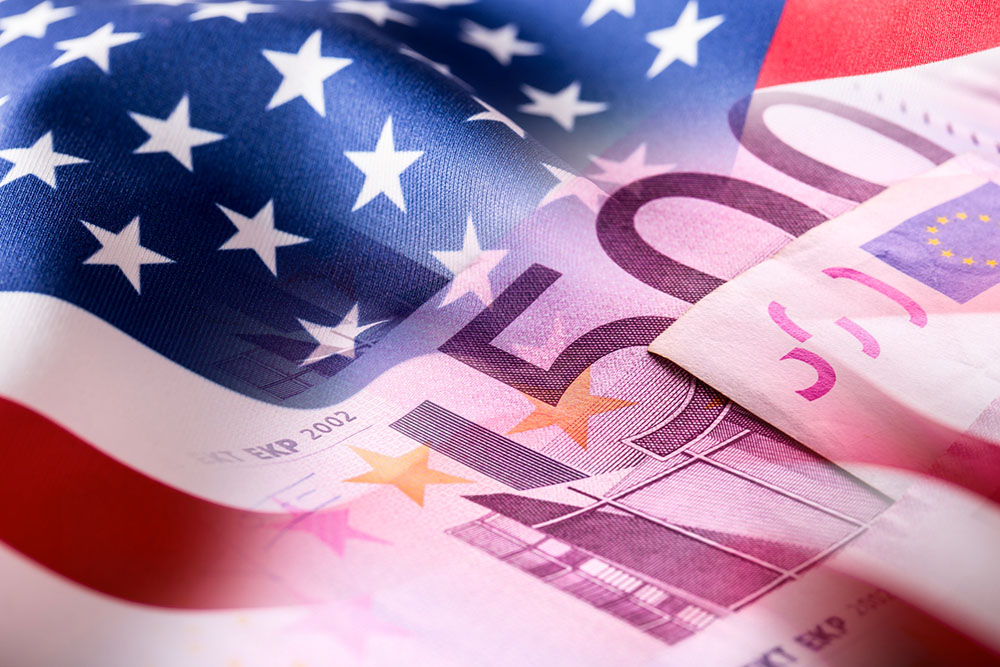Bed & ISA: How To Maximise Your Investments
How can you get the best possible returns? One option is to optimise your investment strategy in light of your goals, capacity for loss, risk tolerance and strategy. Another idea is to reduce needless investment costs – e.g. dealing costs.
Taxes can be one of these costs, potentially eroding your returns. To mitigate this possibility, one tactic is to use the “bed and ISA” approach. Below, our Grantham financial planners explain how the bed and ISA approach works, the potential benefits and drawbacks, and how it could be integrated into a wider strategy for investing and tax planning,
What is “Bed and ISA”?
To understand the bed and ISA method, it is important to recall the differences between an ISA (individual savings account) and a general investment account (GIA).
The former is a tax-efficient “wrapper” for saving and investing. In 2024-25, an individual can contribute up to £20,000 per year to their ISAs. Within it, all interest, capital gains and dividends earned are tax-free.
By contrast, a GIA does not enjoy these tax-free benefits. For instance, if a UK taxpayer sells shares inside this account and generates a £10,000 profit, most of this will likely be subject to capital gains tax (CGT).
There are caveats to this. In particular, a UK taxpayer is entitled to a CGT-free allowance each year to protect some of their “asset disposals” from tax. In 2024-25, this allows an individual to generate up to £3,000 in capital gains without CGT.
However, this Annual Exempt Amount is much lower than the potential tax-free capital gains on offer within an ISA. As such, it is generally prudent to prioritise ISAs and other tax-efficient wrappers (e.g. pensions) when building up a portfolio.
This is where the “bed and ISA” approach comes in. This is a way to move investments within a GIA to an ISA so they can enjoy the latter’s tax benefits.
How Does it Work?
In simple terms, the bed and ISA approach involves selling investments inside a GIA, then using the cash to immediately buy them again within an ISA (i.e. a stocks & shares ISA).
You do not need to have the same provider for a GIA and an ISA to move investments from the former to the latter. Depending on your provider, transaction fees may be involved (e.g. “spread” fee or foreign exchange fee).
Depending on your circumstances, there could be a tax liability when you sell the investments in your GIA. If you have already used your £3,000 Annual Exempt Amount, then you will likely need to pay capital gains tax (CGT) on the rest of the profits.
However, once the proceeds are inside an ISA, any further capital gains, dividends and interest earned will be free from CGT, dividend tax and income tax.
Using Bed and ISA
The above case highlights something important. Bed and ISA does not necessarily eliminate a tax liability. As such, it is better to plan far ahead with your taxes and investments, reducing the need for such options in the future.
For instance, suppose you sell some shares inside your GIA and quickly buy them again within your ISA. Even if you are quick, you could lose out if the market moves quickly between the buying and selling price.
There can certainly be cases where the bed and ISA method can work. One use case might be consolidating many GIA accounts into an ISA to simplify portfolio management. However, the whole process may not be necessary.
For instance, some clients might benefit simply from investing new money into an ISA each tax year (up to the £20,000 limit). Investments inside a GIA could then be gradually sold over many tax years using the individual’s Annual Exempt Amount. Dividends received from a GIA could be reinvested into an ISA rather than ploughed back into GIA investments.
In rare cases, it may be possible to transfer shares directly into an ISA without selling them first. However, this is sometimes available for employer share schemes using a Letter of Appropriation (LOA). Eligibility depends on the scheme and provider.
If you are investing for the long term – e.g. to build up a retirement fund – then consider using a pension alongside (or instead of) an ISA or GIA. A pension not only allows you to generate tax-free capital gains inside it, but also has the added benefit of letting you claim tax relief on your contributions (boosting your investment).
Invitation
ISAs can be a powerful tool for investing and building wealth. However, they need to be wisely integrated into a wider tax plan and investment plan.
Our Grantham financial planners can assist you here at Castlegate. If you’d like to make sure you’re taking the right steps to safeguard your financial future, please get in touch.
Please note:
Your capital is at risk. Investments can go down as well as up. Past performance is not indicative of future results. Tax treatment depends on individual circumstances and may change. This content is for information only and not investment advice. Any decision to invest is the reader’s own. Diversification is key to managing risk. Market volatility affects investment values. Inflation erodes savings. Liquidity risks may prevent quick access to funds.












